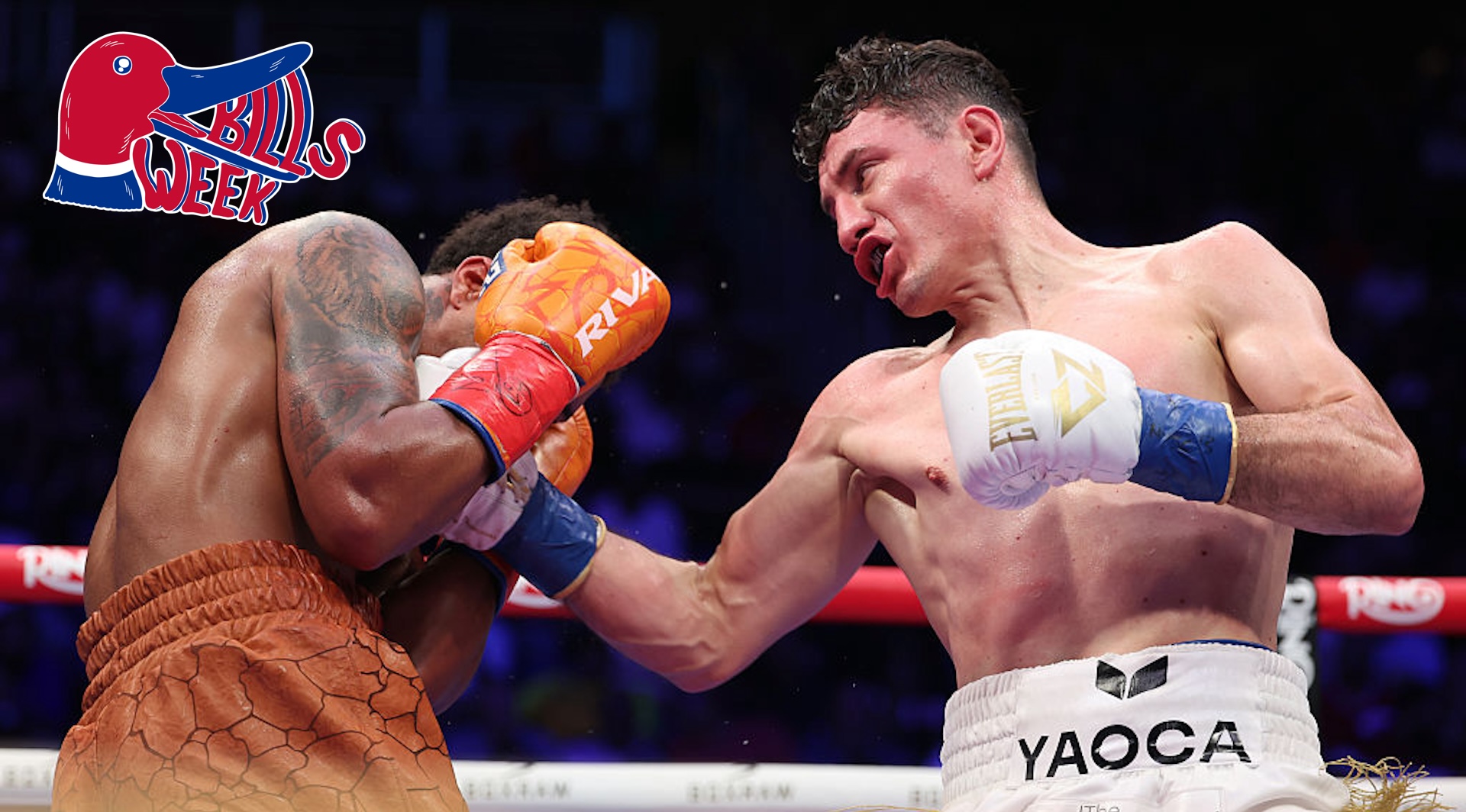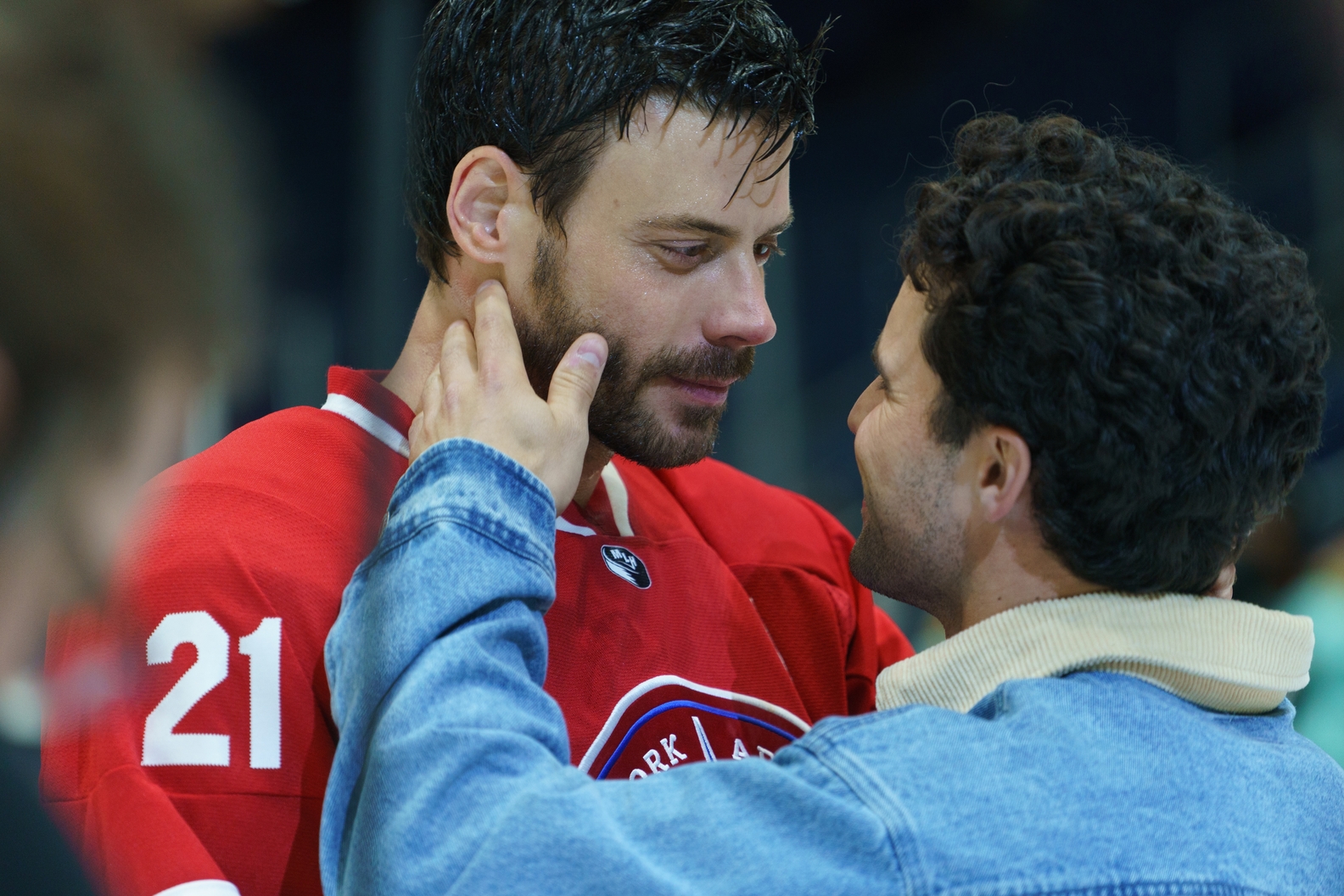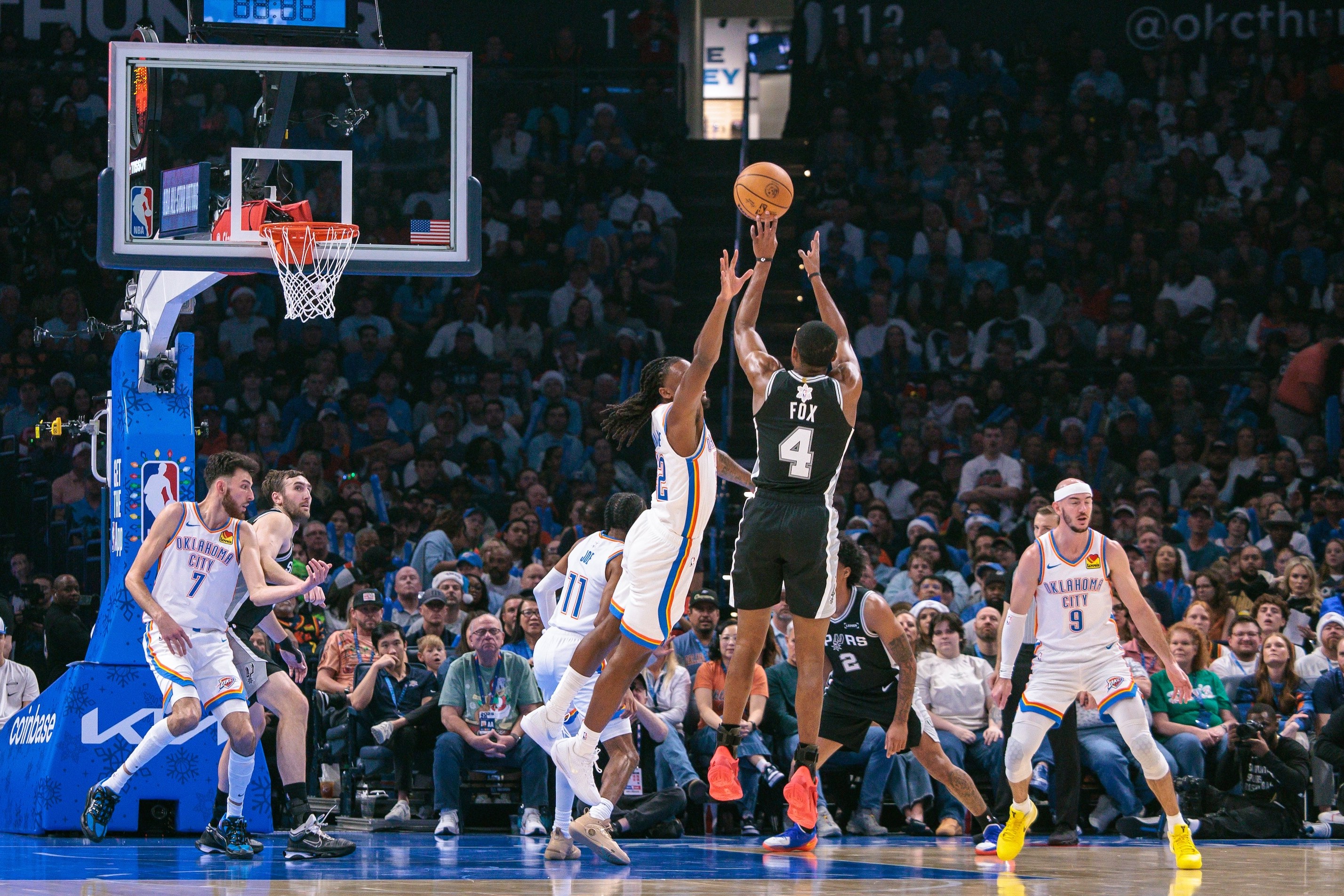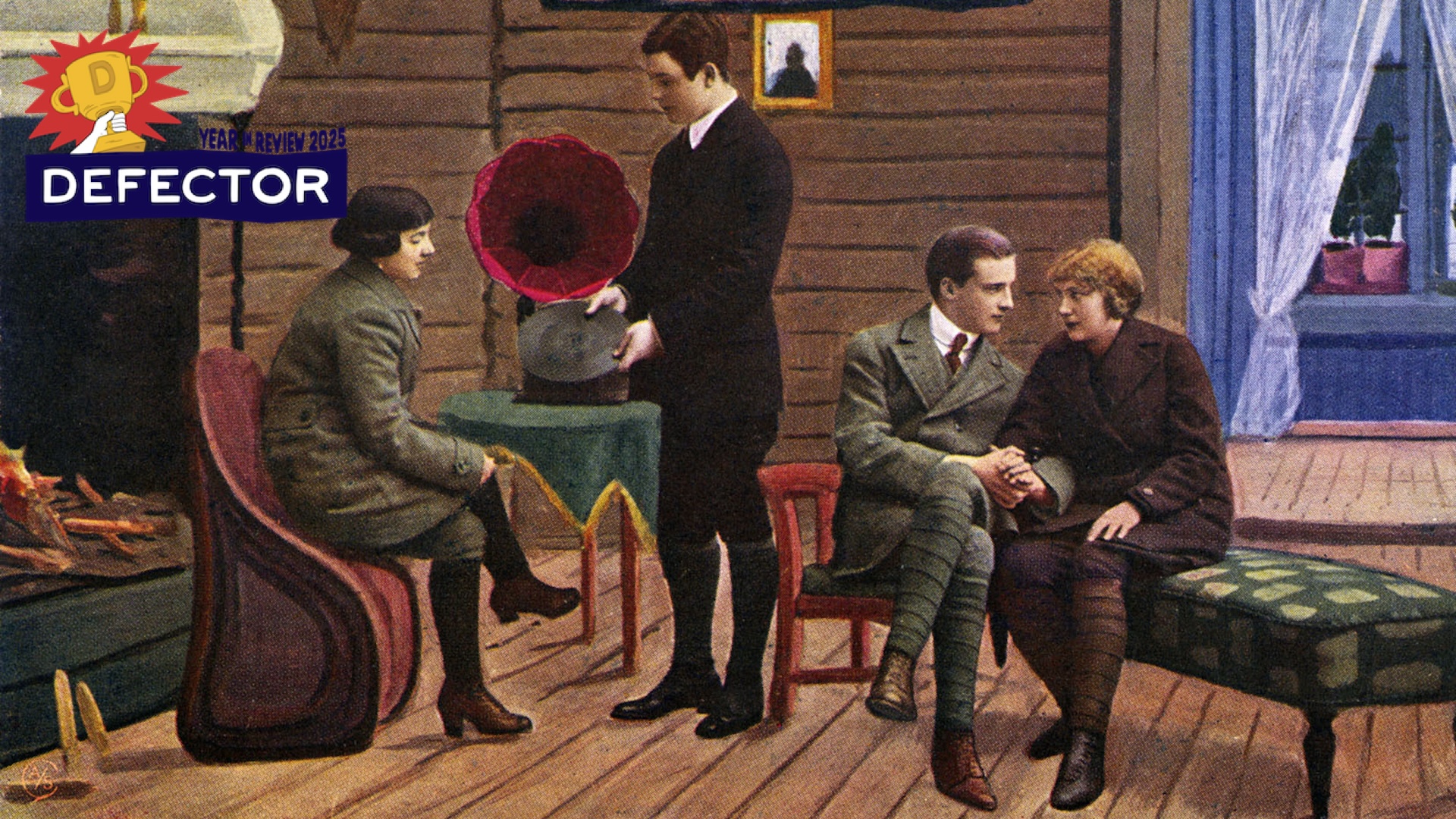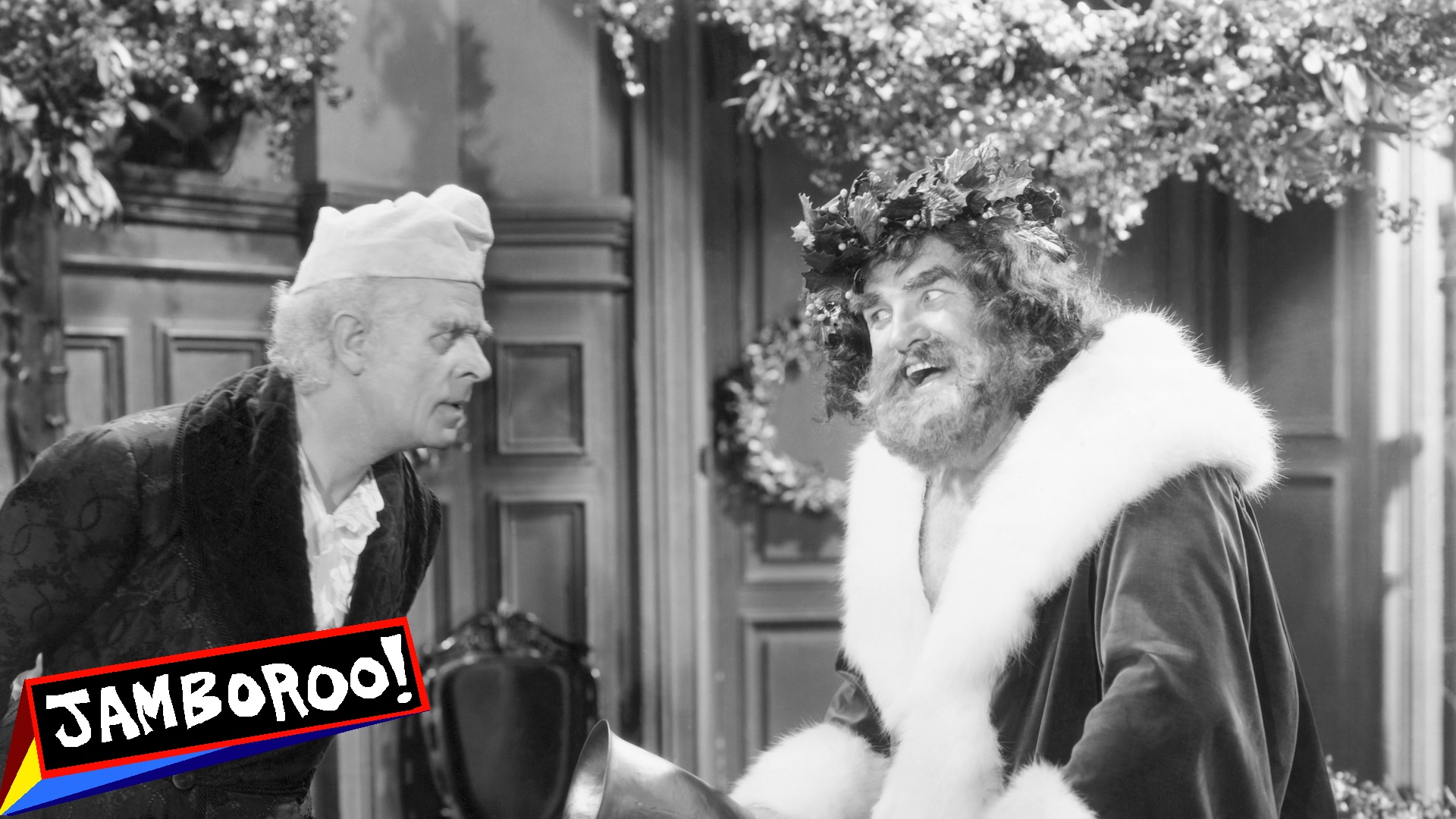An old boxing coach of mine became an avid tennis player after he retired from pro fighting. He always said that boxing and tennis were very similar. This never struck me as completely convincing. Yes, both are one-on-one sports, and both require strategic choices about how to attack and defend, how to break an opponent’s will. But in tennis, nobody is punching you in the face. I guess you could say there are both similarities and differences.
To see tennis in New York City, take the 7 train way the fuck out in Queens to Willets Point. Instead of turning left to go to the Mets' stadium, hang a right, over the MTA trainyard, down a long and alarmingly rickety boardwalk whose lumber creaks and moves under your steps. At the end you are rewarded with the sweeping vista of Flushing Meadows Park. The circle at the park’s entrance is named after David Dinkins, New York City’s first black mayor, who helped to bring the U.S. Open to the USTA Tennis Center on the park’s edge. Dinkins was a member of the Democratic Socialists of America, a fact that Zohran Mamdani, our current mayor-in-waiting, brought up every time that one of his primary opponents tried to smear him as a communist due to his own DSA membership.
How communist could anyone be, if they build a tennis center? This is the attitude we need, in Zohran’s new era of socialism. An inoculation. A rebranding. Call it, perhaps, Abundance. For every mouth, food; for every family, a home; for every empty tennis stadium on an off weekend, a fight.
Boxing and socialism are an uncertain combination. The Saudis own the boxing game now. They are the ones who brought the fights to Louis Armstrong Stadium, at the tennis center, on Saturday night. The arena, steep and blue like a Faberware bowl, was cooled by overhead fans the size of helicopter rotors. There in the first row of floor seats was Turki Alalshikh, a schlubby, roly-poly man in a white robe and baseball cap. As head of Saudi Arabia’s foray into the sport, and with an unlimited pot of money to throw at fighters, Alalshikh has become one of the most powerful men in global boxing in just a few years. Everyone, including many boxing reporters, calls him “Your Excellency,” which is fucking weird.
Now, American fans are getting an opportunity to know how the rest of the world must have felt about our century of cultural supremacy. The ads on the big screen over the ring last night were for Saudi airlines, and Saudi soda, and the Saudi Public Investment Fund. Who, among the crowd of dudes from Jersey draped in diamond chains and women in fishnet dresses, was supposed to be the target audience of a pitch for a petrostate’s $925 billion sovereign wealth fund? Unclear. But we all had to see this stuff, in the same way that America has been subjecting citizens of every nation to ads for Coca-Cola and McDonald’s for three generations now. Consider this an early indicator that our empire has fallen.
Usually the best fight of a boxing card is the main event, but on Saturday, the best fight—on paper—was only second-to-last. Shakur Stevenson, a masterful 28-year-old from Newark with a devilish grin, an Olympic silver medal, and a lightweight championship belt, is one of the three or four purest skill boxers on earth. He is better than almost anyone at using distance, backstepping one inch beyond any punch at will, and also the best practitioner of the shoulder roll defense in the post-Mayweather era. He is not as comprehensively brilliant as Floyd—nobody is—but his refined, sweet science precision is as rarefied as it gets in 2025. His inner nature, however, is to be defensive first. This means that he is smart, and also that he is always in danger of being branded as “boring” by the tawdry, vile scum known as “the casual boxing fan.” If Shakur can martial his conscious mind to overrule his unconscious instincts and be just a little more violent, he will make one hundred million dollars before he’s done.
To help him with this task, his promoters lined up the perfect opponent: an intelligent, volume-punching pressure fighter, sure to come forward and create action. William Zepeda is somehow only 29 years old, but he has the flat nose and worn visage of an older man. His nickname is “El Camaron,” The Shrimp, which seems so ill-fitting I assume it’s ironic. You can call him Bill. He wore a cowboy hat into the ring and sported a slight farmer’s tan, from running miles in the sun with a T-shirt on. He has been in many wars, and, coming into Saturday night, had won them all, overwhelming a long list of B-plus fighters, 33-0. The skilled boxer versus the aggressive pressure fighter is a classic matchup. Either technique will prove its worth, or be cracked open like a Faberge egg succumbing to a sledgehammer.
I figured Shakur would outbox Zepeda with jabs and distance. Instead, he decided to stand toe-to-toe and outfight him, an attempt to prove to himself and the world that he can bang as well as he can move. He did it, though not without risk. He let himself be backed into the corner almost willingly, confident that he could catch all of Zepeda’s punches with one hand and counter with the other. Part of the shoulder roll—an important part—is the ability to lean back and raise your front shoulder, leaving your opponent’s punches without a productive angle, like a rifle shooting uphill at a man in a trench. Being in the corner blocks you from leaning back, so can be a serious impediment to the defense’s full flowering. Still, despite eating enough jabs and hooks to allow Zepeda to hold his head up, Shakur did what he wanted, unleashing five-punch combos over and over that would include at least one or two that landed flush. He won a wide decision, and nobody could accuse him of being boring or scared.
They put Edgar Berlanga in the main event. This kind of made sense, since Berlanga was the one New York City fighter, and had built up a solid following by pulling off the neat circus trick of getting first-round knockouts in 18 consecutive fights in the beginning of his career. That said, he got so famous for the first-round knockouts that his matchmakers fed him bums for far too long, in order to keep the streak going. That prevented him from getting the development he needed to evolve. Finally, for his last half-dozen fights, he got some decent competition—including a lucrative ass-whipping from Canelo Alvarez last year—but he is never going to be as good as he might have been had he not chased that streak for so long. This is the peril of catering to the casual boxing fan.
Berlanga is kind of likeable but also a big goofy idiot, posing in enormous platinum chains and fur coats that, if I were his financial advisor, would give me heartburn. He put “King of NY” on his trunks, though his skill doesn’t quite back that up. He seems like a boy who had a hard life growing up and is compensating via a little too much machoness. No great tragedy, considering he’s at least made himself a few million bucks, but New York City doesn’t hand out crowns for free. They will make you prove it.
Fat Joe, slimmed down on Ozempic, walked Berlanga to the ring, doing “Lean Back.” His opponent was Hamzah Sheeraz, a tall and skinny Brit resplendent in a Saudi-green robe, who carries the whippy, cracking power that boxers with very long arms often possess. Berlanga spent the first few rounds being uncharacteristically careful. “He actually needs to be a little less careful,” I thought to myself. “He needs to step forward and bang.” As soon as I had the thought, Berlanga did it, and as soon as he did it, he got knocked down twice. First, onto his back, by a hook-right-hook; then, when he got up, he ate a slashing hook-right to the face and fell forward, always an ominous sign. He staggered to his corner at the bell, came out for the fifth round, and was immediately TKOed. Blood ran from his mouth as Sheeraz sank to his knees and gave thanks to god.
“Yo, he shouldn’t have come out with Fat Joe,” one guy explained to his friend as thousands of us filed out of the arena. “Everybody that motherfucker comes out with gets knocked out.”
What is the real story of these fights? Is it all about Saudi cultural marketing, diversification of an oil state’s public interests, a sport as just another entry in a financial and reputational portfolio? I think that that analytical lens, though trivially true, misses the point. The Saudis can buy prestigious matchups, and they can buy networks, and arenas, and promotional reach, and logo placement. But the fight is the fight. It is real whether on pay-per-view or on a street corner, whether between millionaires or nobodies. The punch you dodge and the one that mashes your lip into your teeth cannot be owned. You can build a big production around them and sell tickets to see them, but the only one who can own them is the puncher and the punchee. Men with money have always tried to buy fighters. But the only way to own a fighter, really, is to fight him. And that, the men with money never seem to do.
